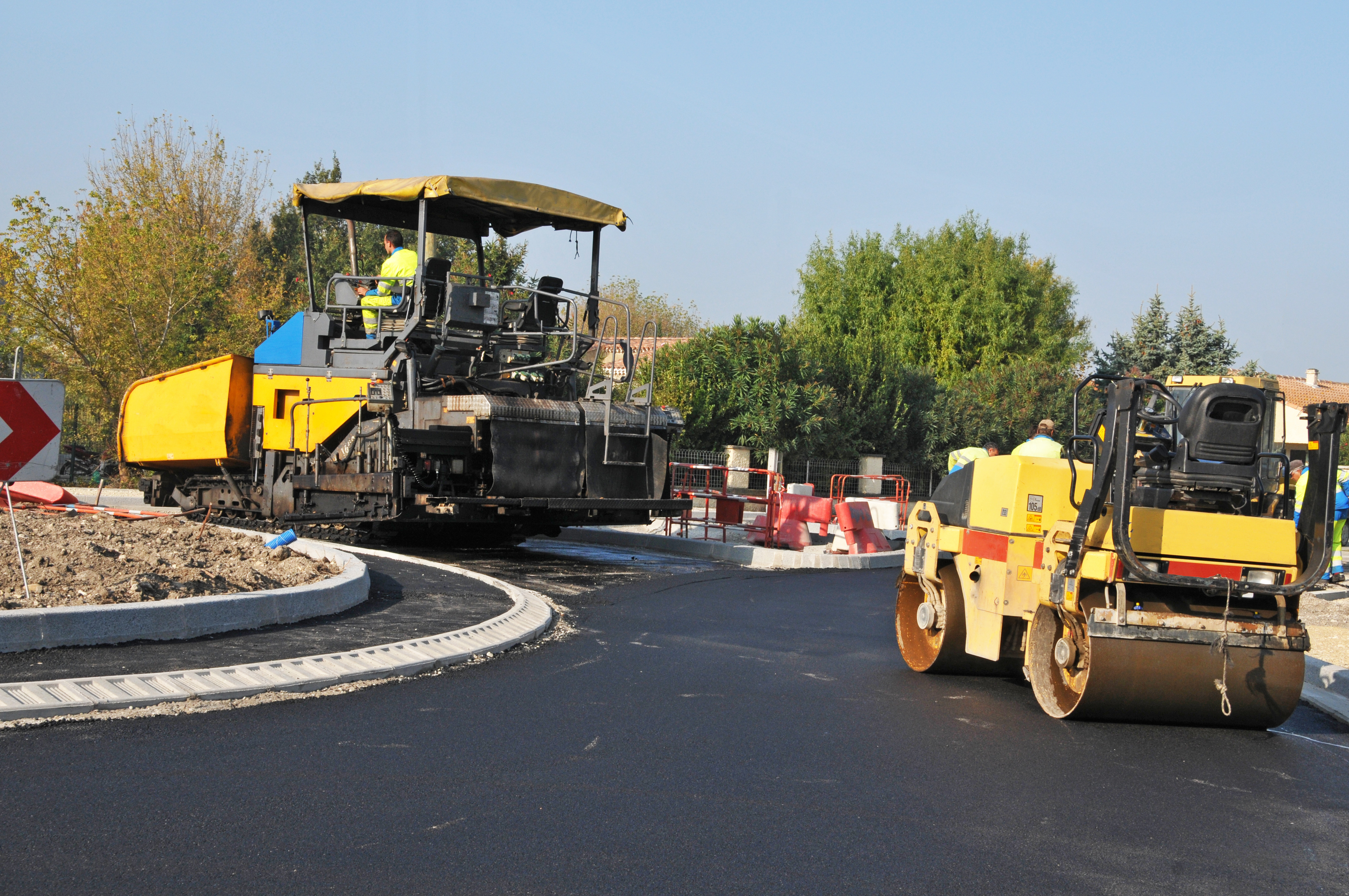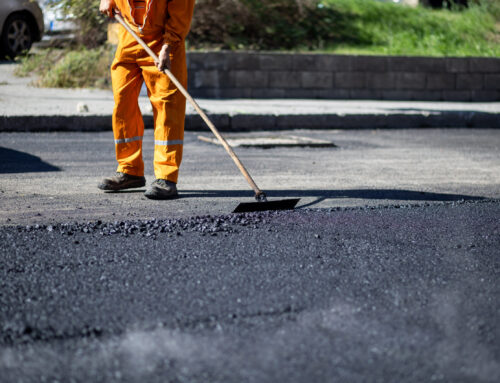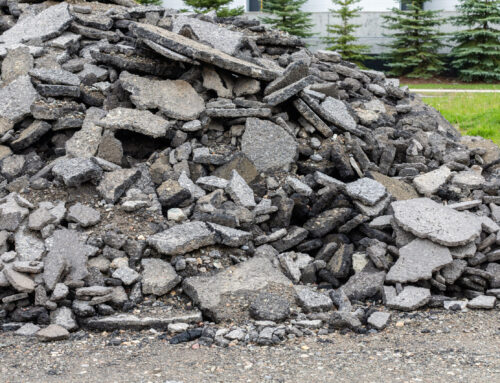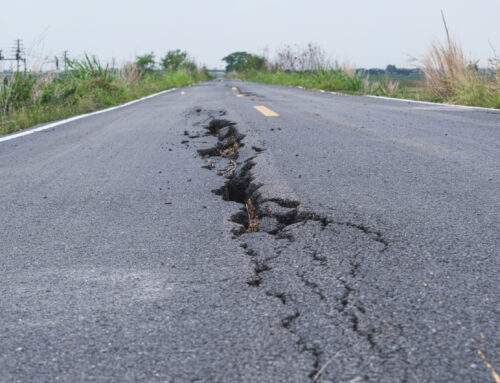Give a man a road, he’ll drive from point B to point A. Teach a man to build a road and… well, honestly you’ll still probably want to work with a professional paving company like Sunrise Asphalt! It’s not like catching a fish!
How to Build a Road
Step 1: Demolition, Removal
Usually when we’re putting down a road, it’s usually replacing an old, distressed stretch of road, whether asphalt, gravel, or otherwise. So the first step is demo! Using heavy machinery like bobcats, forklifts, dump trucks, whatever it takes to break up the surface and remove it. If it’s asphalt, it can be taken to a recycling plant and reused so it’s not going to go to waste! But for that new road to get paved right, it needs to get out of there!
Step 2: Grading, Sloping
If there isn’t an existing road or pavement structure that needs to be handled then this is technically going to be the first step. With a clear space, it’s time to prep the surface for the new road, and that first means ensuring proper drainage!
We talk about it all the time, that water is the bane of sturdy asphalt. To set asphalt up for success, you need to give it the appropriate amount of water drainage. To do that, use laser-guided, automatic motor graters to ensure the proper amount of slope so no water is allowed to pool.
Step 3: Prep the Sub Base
Alright you’ve got the slope set up your road is going to let water flow off it like a frog’s back. Now what? Now you got to move on to the most critical part of the road: the sub base.
The sub base provides two crucial things to the road structure. It creates stability and acts as a barrier between the ground and the road, preventing frost and the damage from freezing and thawing (which leads to potholes!).
When the sub base is being prepped, thickness, stability, and compaction are all key factors to look to. If any of these are off the asphalt surface won’t be as durable as it should be.
Step 4: Lay the Binder
With the sub base installed, it’s time to lay the binder. This layer is made up of large aggregate and oil, a strong and durable combination that will keep the asphalt and the sub base structurally sound.
Step 5: Install the New Asphalt
With the necessary sub base and binder layers in place now it is time for that new asphalt. This layer is made of sand, oil, and small aggregate to create smooth surfaces for vehicles.
Extra Attention: Transitions
Now, asphalt usually doesn’t just get installed in the middle of nowhere. Typically there is a driveway, road, or parking lot that is being connected to, so the final step is smoothing the transition between the two surfaces, the new asphalt and the older structure. These transitions are called butt joints and they need an extra close set of eyes to ensure that the water run-off works as it should. You don’t want anyone driving on the surfaces to experience a sharp difference between old surface and new.
The Final Roll
When the asphalt is all in place, the transitions settled, it’s time for the entire stretch to be compacted and smoothed using a roller truck. This will make sure that there’s no small bumps or stones breaking up the surface.
So there you go! The basic steps of building a road. Now go ahead and get yourself the heavy machinery, equipment, and materials to– What’s that? You’d rather just hire the experts? Yeah, we figured as much! It’s difficult work but when it is done right it is so worth it. Cal Sunrise Asphalt today, get your free estimate, and we’ll build you the roads to get you where you’re going.





